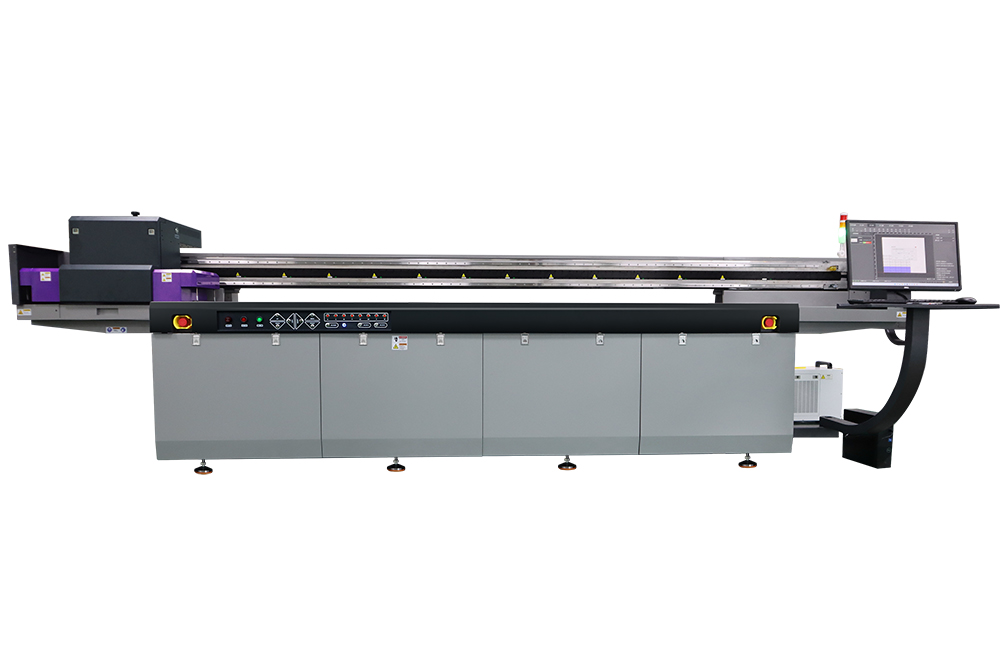Technical Insights: UV Lamp Replacement and Maintenance
Welcome to our latest technical guide designed to help you understand the critical aspects of UV lamp replacement and maintenance. Whether you’re managing a water treatment system, air purification unit, or any other equipment that relies on UV lamps, this guide will equip you with the knowledge you need to keep your system running smoothly and efficiently. Let’s dive into the essentials of UV lamp care and how to ensure optimal performance.

Understanding UV Lamps and Their Importance
UV lamps are the heart of many systems designed to disinfect and purify air and water. They emit ultraviolet light that destroys harmful microorganisms like bacteria, viruses, and mold spores. This process is essential for maintaining health standards in residential, commercial, and industrial settings. However, like all technical components, UV lamps have a lifespan and require proper maintenance to function effectively.
Recognizing When It’s Time for a Replacement
One of the most critical skills you can develop is recognizing when a UV lamp needs replacement. UV lamps typically have a lifespan ranging from 9.000 to 16.000 hours, depending on the model and usage. Here are some signs that it might be time for a new lamp:
Reduced Efficiency: If you notice a decrease in the effectiveness of your disinfection process, it could be due to a weakening UV output.
Visible Damage: Physical damage to the lamp, such as cracks or discoloration, is a clear indicator that it needs replacement.
Age of the Lamp: Keep track of the lamp’s installation date. If it’s approaching the end of its expected lifespan, it’s wise to prepare for replacement.
Regular monitoring and maintenance checks can help you catch these issues early, preventing potential health risks and equipment damage.
The Replacement Process: Step-by-Step Guide
Replacing a UV lamp might seem daunting, but with the right steps, it’s a straightforward process. Here’s a simplified guide to help you through it:
Safety First: Always turn off the power to the UV system before starting any maintenance work. This prevents electrical shocks and ensures your safety.
Gather Your Tools: You’ll need a new UV lamp (compatible with your system), gloves, and possibly a screwdriver, depending on the lamp’s mounting.
Remove the Old Lamp: Carefully remove the old lamp, taking note of how it was installed. Some lamps may be secured with clips or screws.
Inspect the Quartz Sleeve: While you have access to the lamp, inspect the quartz sleeve for any mineral deposits or damage. Clean it if necessary using a soft cloth and mild detergent.
Install the New Lamp: Insert the new lamp into the sleeve, ensuring it’s properly aligned and secured. Follow the manufacturer’s instructions for any specific installation requirements.
Power Up and Test: Once the new lamp is in place, restore power to the system and perform a test to ensure it’s working correctly.
Maintenance Tips to Extend Lamp Life
Proper maintenance can significantly extend the life of your UV lamp and ensure consistent performance. Here are some tips to keep in mind:
Regular Cleaning: Dust and debris can accumulate on the lamp’s surface, reducing its effectiveness. Clean the lamp and quartz sleeve regularly using a soft, lint-free cloth.
Avoid Physical Damage: Handle the lamp with care to prevent cracks or breaks. Store replacement lamps in a safe, dry place when not in use.
Check for Leaks: Water leaks can damage the lamp and affect its performance. Regularly inspect the system for any signs of leakage and address them promptly.
Follow Manufacturer Guidelines: Always adhere to the manufacturer’s recommendations for lamp replacement intervals and maintenance procedures.
The Role of UV Intensity Monitoring
UV intensity monitoring is a crucial aspect of UV lamp maintenance. It helps you gauge the lamp’s performance and determine when it’s time for replacement. Some UV systems come with built-in intensity sensors that provide real-time data. If your system lacks this feature, consider investing in a UV intensity meter. Regularly monitoring UV intensity can prevent unexpected failures and ensure your system operates at peak efficiency.
Environmental Considerations and UV Lamp Disposal
When it’s time to dispose of your old UV lamp, it’s essential to do so responsibly. UV lamps contain small amounts of mercury, a hazardous material that requires special handling. Many municipalities offer recycling programs for mercury-containing lamps. Alternatively, you can contact a local waste management facility for guidance on proper disposal methods. By disposing of your old lamps correctly, you contribute to environmental protection and ensure compliance with local regulations.
Conclusion
UV lamp replacement and maintenance are vital aspects of keeping your disinfection systems running smoothly. By understanding the importance of UV lamps, recognizing when they need replacement, following the correct replacement process, and implementing proper maintenance practices, you can ensure optimal performance and extend the lifespan of your equipment. Remember, regular monitoring and adherence to manufacturer guidelines are key to achieving long-term success. With these insights in hand, you’re well-equipped to maintain your UV systems and enjoy the benefits of clean, healthy air and water.
